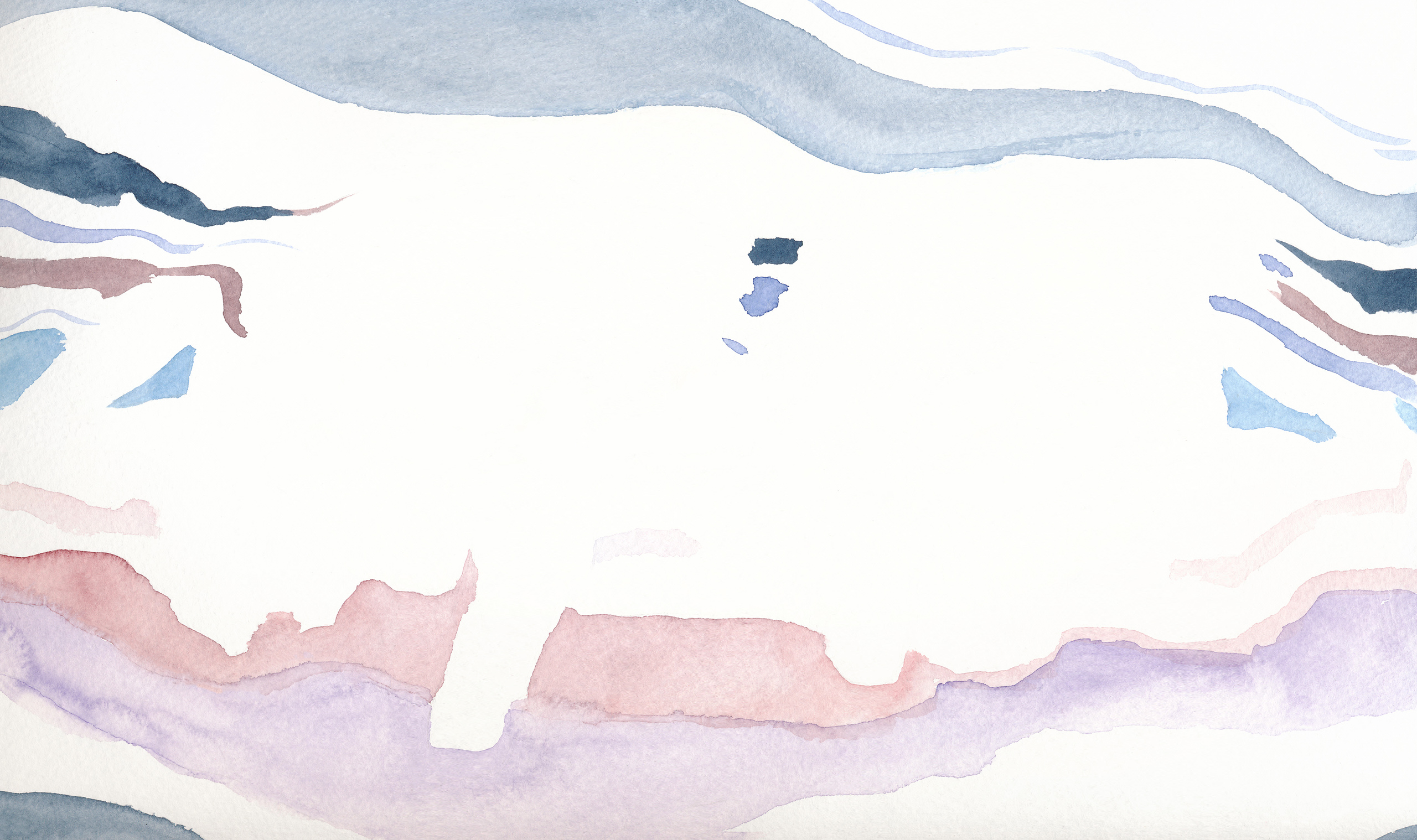In a previous blog post, The Best Way to Relax, I described the many benefits of Constructive Rest. Here, I wish to offer a few variations on the basic position, pictured at left. At different times, or because of your body type, you might find one of these variations more comfortable. And comfort is what we’re looking for here.
- Try placing a small pillow under the head if you have a deep chest (thoracic kyphosis) or forward head. If you notice your chin is pointing towards the ceiling and your head is cocked back, you need a pillow. If you simply feel strain in your neck or back, try a pillow. It should be as small as possible to comfortably support your head and neck. The goal is to support your body’s neutral alignment in a comfortable, balanced way so that you can let go of all muscular holding.
- If the backs of the hips are tight (this is true for many men), try lining up your knees with your hips and ankles rather than trying to force the knees together. Then cross the arms over your chest. If your legs stay in place on their own without drifting to the sides or falling open, this may be the optimal position for your body.
- If you have a large chest, or if for any reason you are simply uncomfortable crossing your arms over the chest, try resting your arms about 45 degrees away from the trunk of your body with your palms facing up. Allow the weight of the arms to release into gravity.
- You can loosely tie your thighs together with a scarf or theraband to keep legs from falling open.
- If the floor feels hard or uncomfortable, try putting more padding down.
- Sometimes a small pillow placed under the pelvis or low back may feel good.
- Another approach to Constructive Rest is to prop the legs, bent 90 degrees at the hips and knees, onto a chair seat or sofa. Open the arms out to the sides, palms up, or cross your arms across your chest as in the basic position.
Whichever adaptation you choose, try lying in the same position for 10 minutes a day for a few days. Notice the difference in how you feel.
_______________________
* Image provided by Ann F. Cowlin, Yale University, and Dancing Thru Pregnancy.

